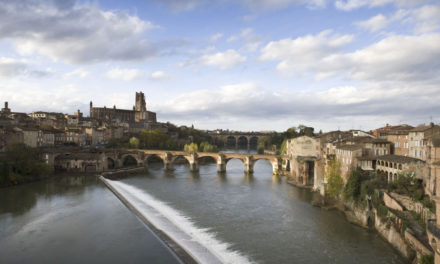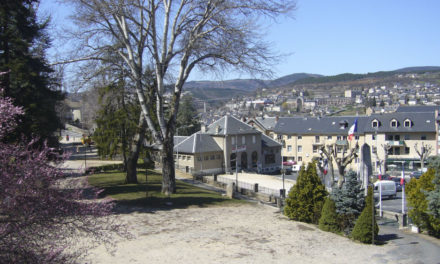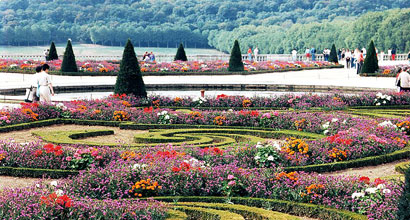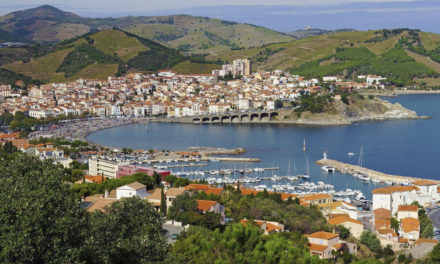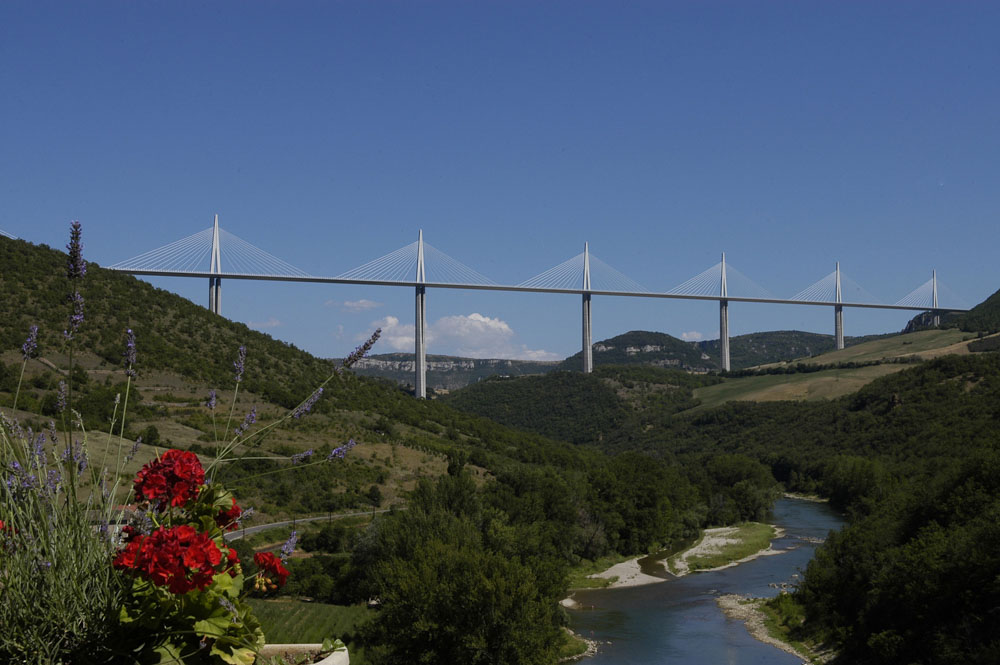
Set at the South Western point of the Massif Central, the Aveyron has spectacular scenery with deep gorges through which both the Lot and the Tarn flow, perfect for canoeing, and huge plateaux, carpeted with unusual flowers. Coupled with the Truyere and the Viaur, the power of water in the Aveyron is considerable. There are 17 dams which feed 16 power stations. In the north, the Aubrac region has wild cows and these are famous for the flavour of their beef. To the south of the department, sheep predominate.
Towns in the Aveyron
Hotels in Aveyron
Roquefort cheese
In the late 19th and early 20th century, the farms could not support the families so many Aveyronnais left for California and Argentina . Loggers would winter in Catalonia under contract and it was after one of these episodes they brought back the catalan knife called a ‘Navaja’ which inspired the creation by Pierre-Jean Camels of the ‘Laguiole’, the knife of the Aveyron. Another famous product is Roquefort cheese. One of the best known blue cheeses of the world, it is made from ewes’ milk and takes three months to reach maturity in the cool of the limestone caves. Both Casanova and Voltaire commented on this king of cheeses which, since 1925, has been protected and can only be made in the Roquefort area.
Rodez
Rodez, the capital of the department, retains numerous Gothic buildings from the 12th to the 16th century. The most outstanding is the Cathedral of Notre-Dame with it magnificent bell tower and statue of the Virgin Mary standing 87 metres high and overlooking the old part of the city. This bell tower featured in the invention of the Metre during the French Revolution when two scientists named Delambre and Méchain left Dunkirk and Barcelona respectively to measure one ten millionth of a portion of a quarter of the meridian. The Bell Tower of Rodez cathedral was their meeting point. Aligot is a regional speciality which consists of a rich puree from Tomme cheese, butter and mashed potatoes whilst estofinado, salt cod cooked in walnut oil, is another. As well as wines from Estaing, d’Entraygues, Fel or Marcillac, walnut quince or plum eau-de-vie is often the conclusion to the fine local cuisine.
Seigneurs de Rouergue
With its origins in the prehistoric age, the Aveyron has been subjected to the influence of many different tribes and ruling factions. The limestone caves on the plateau were inhabited by the Chasseens, a prehistoric tribe. Later on, Barbarians, Visigoths, Moors, Vikings and the English (in the 100 years’ war) all came to the department and left their mark. The Knights of the Templar also ruled here and the many monuments and architectural sites bear testament to this richly varied past. These range from dolmens and menhirs to fortresses, castles, abbeys and churches, especially the beautiful Abbey at Silvanès, first conceived in the 12th century for the Cistercians and regarded as an architectural gem. The Aveyron boasts nine of the ‘plus beaux villages de France’ – more than in any other department in France. Belcastel with its Château, Conques with its Abbey, the pretty half-timbered 13th century houses of Sauveterre-de-Rouergue and at Najac, the 13th century royal fortress set high on its rocky promontory at one end of the village, to mention but a few. In all, 23 châteaux on the routes of the ‘Seigneurs de Rouergue’ are open to the public.
| Title | Address | Description |
|---|---|---|
AVEYRON | Aveyron, France |

